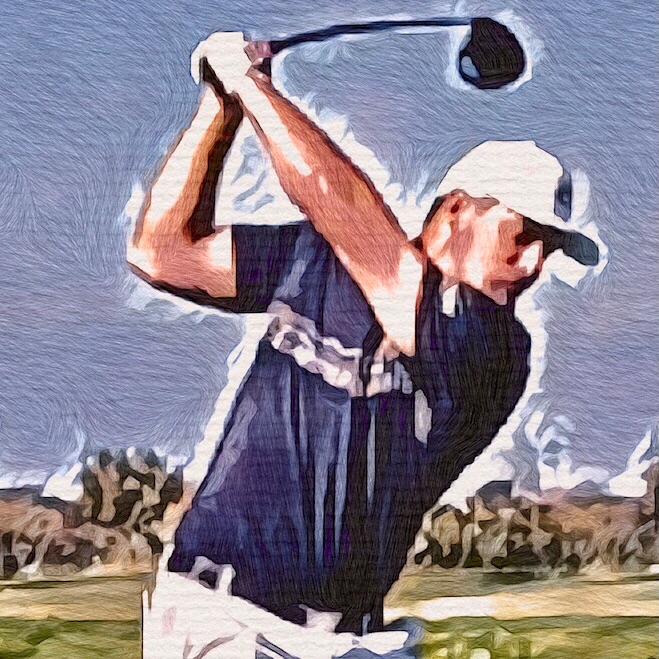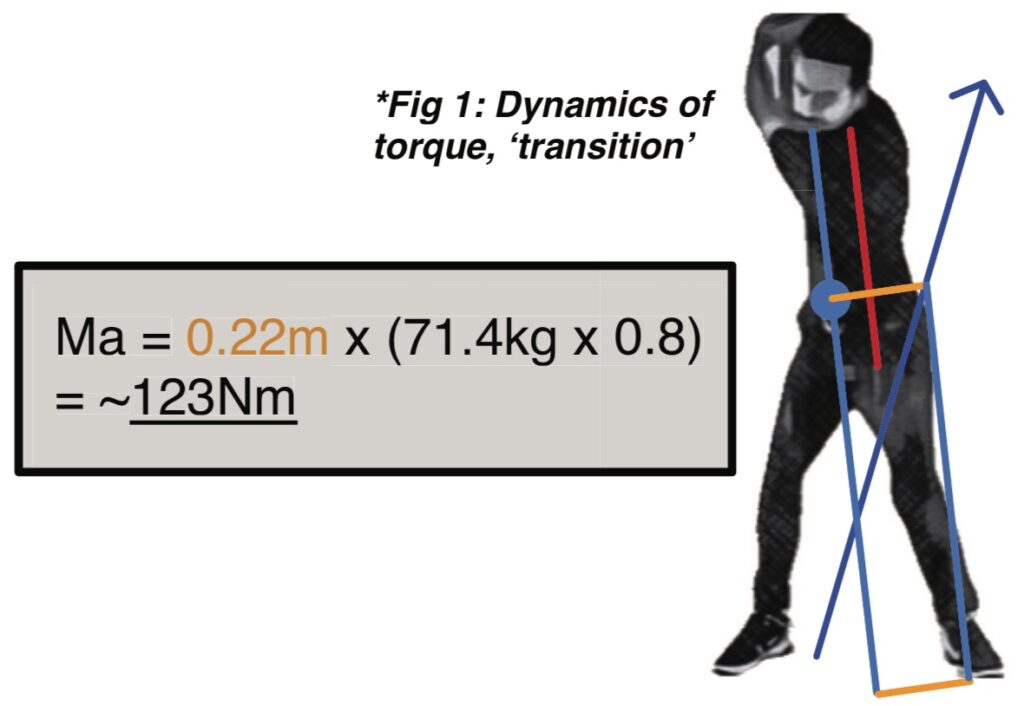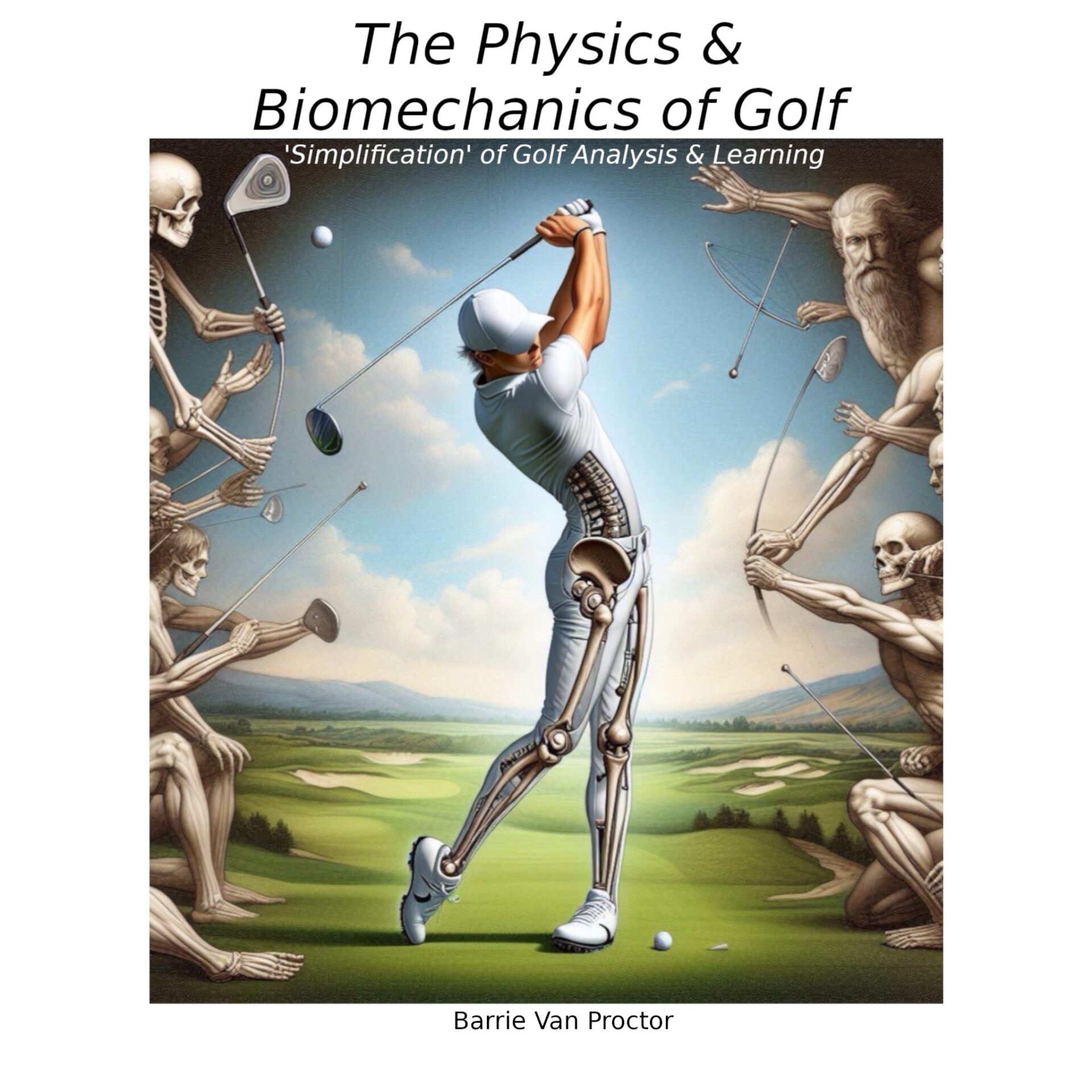Your basket is currently empty!

Sequencing in the Golf Swing Part 2
Acceleration & Braking
Acceleration and braking what are they, why are they important and how can these be leveraged for maximal force and efficiencies? Acceleration loosely defined is a (positive) change in velocity. Note the word velocity, this is different from speed, which is how fast an object is traveling. The definition of velocity includes ‘speed & direction’. So what? Well direction is particularly relevant to the golf swing as both the player and the golf club never really move linearly.
If school was a long time ago, as it was for me, you may not be aware of the following. Acceleration is described by a change (increase) in speed, it still holds where speed is constant, but direction changes. Thus…
‘you must continually feed energy, or apply force to the golf swing to maintain a given clubhead speed. This is because clubhead direction is constantly changing, as it effectively describes a circular path.’
Braking is a relatively new field of study in Golf Science. It essentially references the force coming back up from the ground, in reaction to the players mass and momentum (which is influenced by the players muscle actuations) situated upon it. This is GRF, which you can read about in last weeks’ blog, ‘Vertical Force in the Golf Swing’. This force, with respect to braking is provided exclusively via the lead side. This occurs through various muscles antagonist to the lead femoral adductors, including aspects of the gluteus muscle group.
One can influence acceleration via conscious sequencing and loading in the backswing and also by how one employs momentum in transition. Appropriate braking is much more difficult to both perceive and influence. Velocity peaks roughly in line with torque, as the players lead arm is parallel to the ground in the downswing.But believe it or not, braking should start to occur shortly after transition. This has been empirically demonstrated in the force plate profiles of elite golfers. Braking must precede and thus predicates maximum velocity. The following is an extract from ‘The Physics & Biomechanics of Golf’.
‘The braking zone’ occurs immediately following transition to curtail ‘mediolateral’ target-ward motion. The lead femoral adductor is shut-off . its’ antagonists the gluteus medius, gluteus minimus, tensor fasciae latae and piriformis (while hip is in flexion) activate. What is only just becoming apparent from research, is that ‘maximal braking’ should occur more-or-less around the ‘slot’ position. Without this affect the trail hip may run-away ahead of the lead knee. thus would render it difficult to pivot effectively, or to produce a consistent low-point and / or strike.’
As you will know if you have read previous blogs, adjustments during the downswing cannot be appropriated consciously. There is insufficient time to do this. For the ‘Driver, the backswing takes 0.75 seconds, the downswing just 0.25 seconds. Signal time from CNS to the muscles of the periphery, or even those close-by can take, or even exceed downswing duration. Conscious adjustment during the downswing is impractical and for all intense and purposes, impossible. After all, this would also involve adding in a conscious cognition period too.

Vx max or maximum velocity should occur after the initiation of braking then. This facilitates pivot around a more stable centre of mass (CoM), which you should recall remains significantly trailside. This accommodates maximal momentum arm length, which again will coincide with Vx max and peak torque.
Training drills and especially drills encouraging proprioceptive awareness (direct sensory feedback) are detailed throughout the ‘The Physics & Biomechanics of Golf’. These can be used to ingrain the correct ‘braking profile’. Hopefully, it is starting to become clear that…
‘the golf swing and golf learning involves much more than rehearsing and achieving predetermined physiological positions.’
It is an organic process, changing seamlessly between clubs, shot requirements, internal and external environmental variables. It is mediated by ‘wired’ physiological and neurological feedback loops…
‘Internal processes must be trained and developed at least as diligently as one’s technique and physical aptitude. These three facets of peak performance are inseparably intertwined.’
If you have taken the time, thanks for reading this blog. If you have found something here that resonates then pick-up a copy of the book, which will make me happy. 😉 Also free to get in touch with questions.
All the best.
Discover more from golfbiomechanics.net
Subscribe to get the latest posts sent to your email.

Leave a Reply